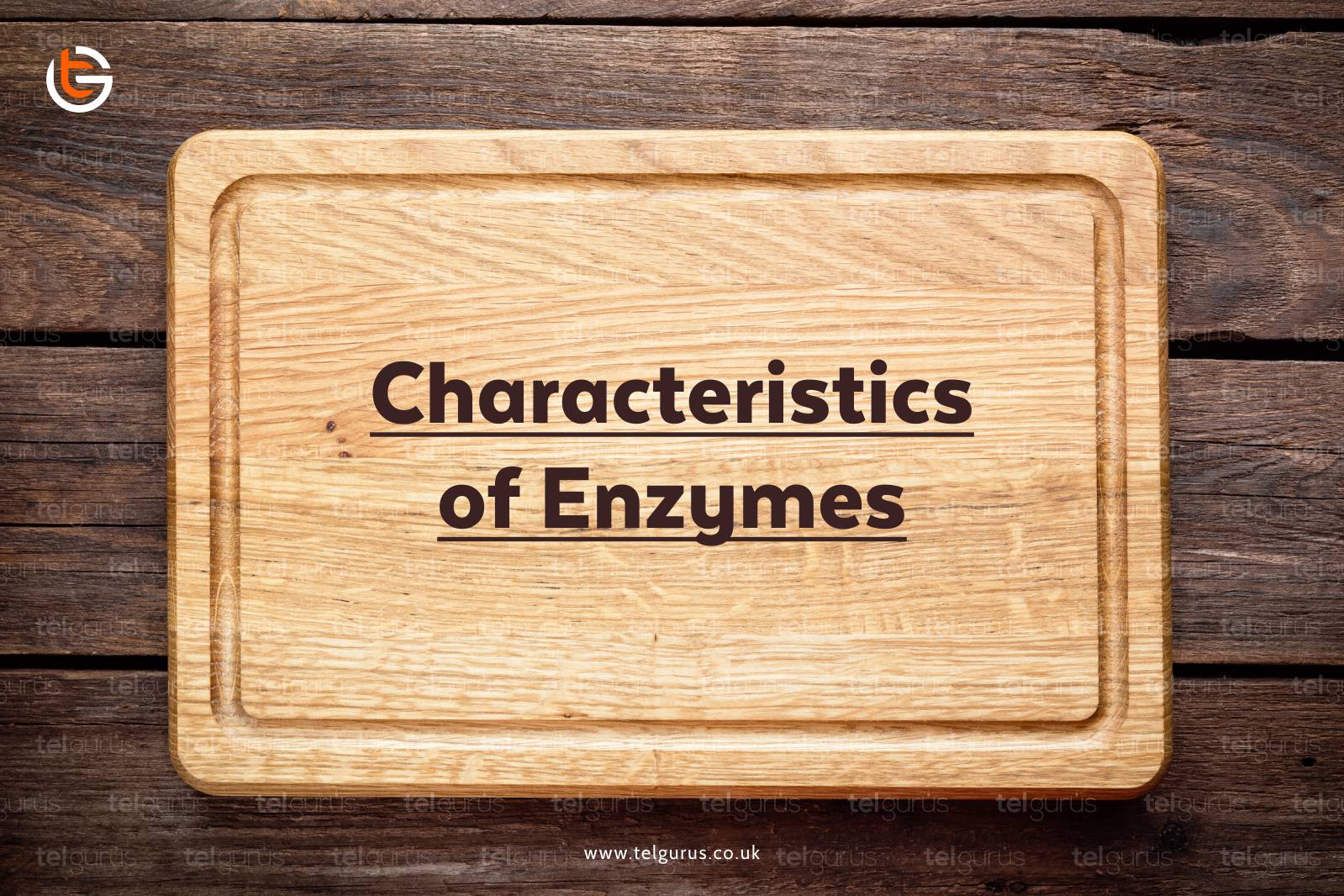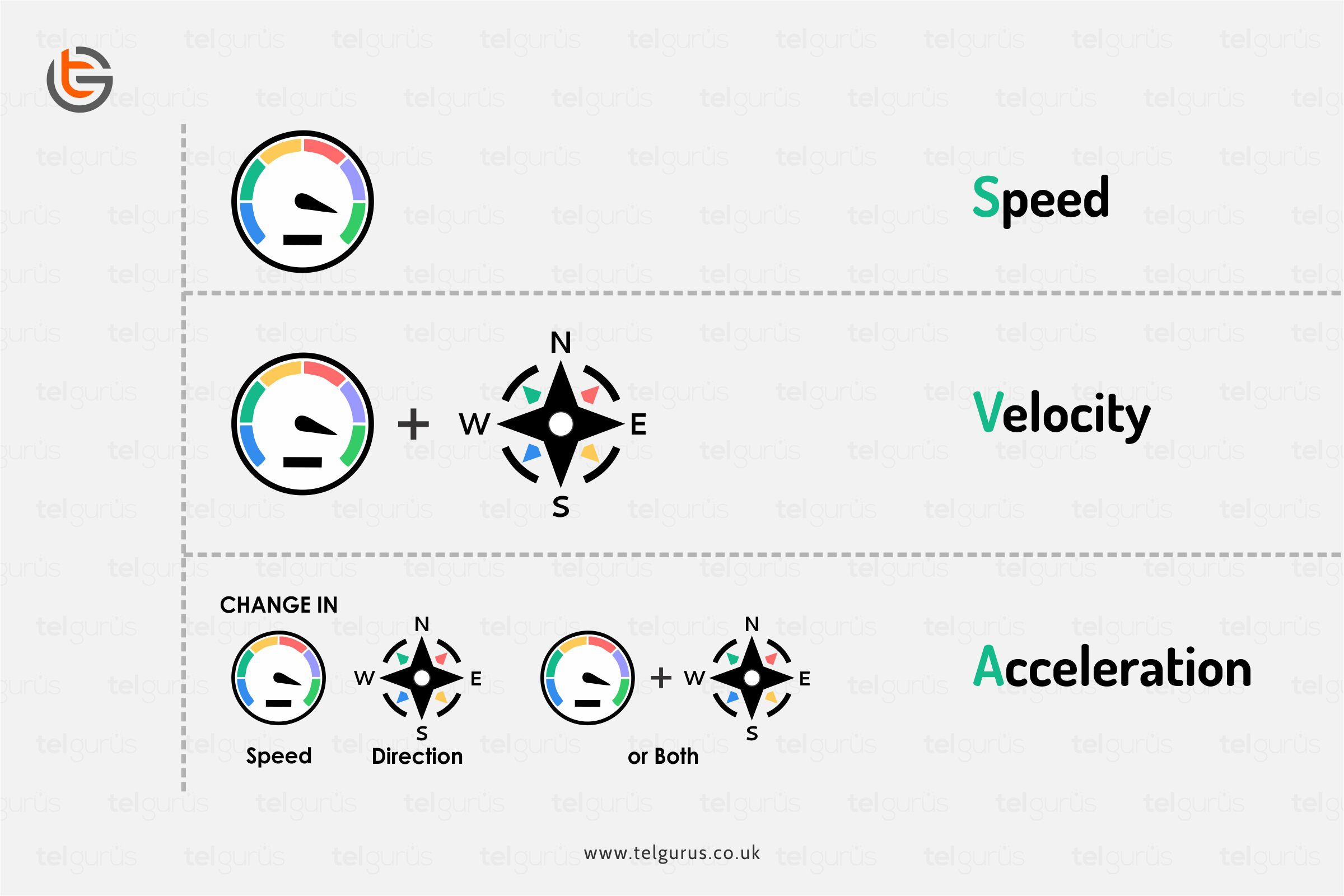Enrich your knowledge with our informative blogs
What are the main characteristics of Enzymes?

Enzymes are proteins that are amino acids that are folded chains with a particular shape. The shape is generally determined by the sequence of amino acids held together by the bonds.
These are the biological catalysts that speed up the reactions but are not changed in the reaction. Enzymes generally speed up the reactions by bringing the reactants together and diminishing the activation energy needed to initiate the reaction.
Main Characteristics of Enzymes
- It speeds up the chemical reactions
- Enzymes have a specific shape
- Enzymes are required in minute amounts
- Enzymes are particular in their actions.
- Enzymes are affected by temperature.
- Enzymes are affected by pH.
- Inhibitors inhibit enzymes
- Some enzymes require coenzymes
- Some enzymes catalyze reversible reactions
Enzymes are proteins. And the characteristics and properties they exhibit reflect the protein’s properties. Enzymes are organic catalysts that speed up biological reactions, specifically in the metabolism and digestion of food substances.
Here are the characteristics and properties of enzymes
- Enzymes work rapidly
The action and speed of the enzyme are generally expressed as its turnover number, and the turnover number represents the substrate molecule’s number which one mole of enzyme turns into the products per minute.
Catalase is a well-known fastest enzyme that is found in hydrogen peroxide. In hydrogen peroxide, catalase catalyzes its decomposition into oxygen and water. Catalase has the fastest turnover number of 6 million.
- Enzymes can word in either direction.
The metabolic reactions are reversible. The direction of these reversible reactions to proceed dramatically depends on the relative amount of products formed and reacting substrates.
An enzyme that catalyzes the product formation from substrate causes the products to be split into component substrates whenever the product is in excess to maintain an equilibrium.
- Enzymes are sensitive to pH modifications.
Enzymes generally operate at particular pH ranges. And modifications in the pH can adversely affect their efficiency and action.
- Enzymes are not altered or destroyed by the reactions they catalyze
Enzymes can easily be reused as they are not destroyed but the reactions they catalyze. But on the contrary, they cannot be used indefinitely as they are unstable and can be inactivated by acids, alkaline substances, and heat.
- Enzymes are inactivated by excessive heat.
As enzymes are proteins, they are averse to excessive heat because they get denatured whenever they are exposed to high temperatures.
- Enzymes are specific in their actions.
Enzymes are more particular in the reactions they catalyze as compared to inorganic catalysts. However, the catalytic specific degree varies from one enzyme to another.
Most of the intracellular enzymes function on the specific substrate, while several digestive enzymes function on a comparatively extensive substrate range that is associated.
For example, catalase would only split the hydrogen peroxide, but the enzymes like pancreatic lipase are less specific and digest different fats.
Bottom Line!
Enzymes are proteins that speed up reactions and have specific characteristics and properties. Enzymes are highly particular for a specific substrate and adhere to the characteristics mentioned above.
Read More – Biology Questions
View More – Useful links for Your Child’s Development

Visualize the in-depth understanding of the natural world!
Biology would sound more interesting when your curiosity levels are satisfied with better visuals & logical explanations.
Categories
Recent Posts
- List of the qualities you should look for in your tutors?
- What is the most useful formulas in math?
- Describe the process of eating to defecation of food?
- Difference between the natural and artificial active response by the immunology system.
- Explain the different circle theorems
- How are nerve cells adapted to their function?










